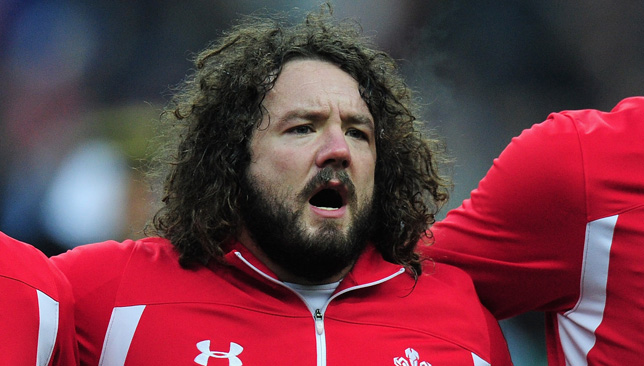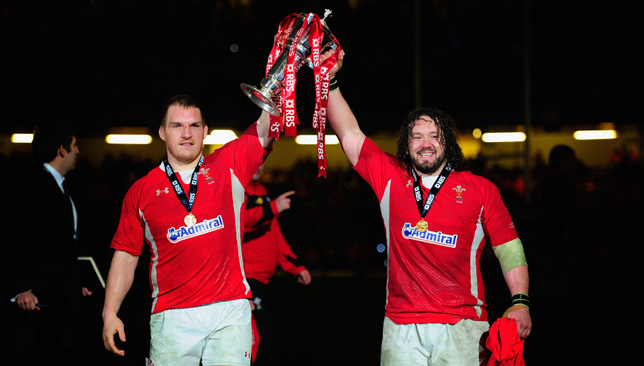
When we look back on the pantheon of Welsh rugby greats, Adam Jones is something of an anomaly.
He is not the fleet-of-foot defence splitting legend in the mould of JPR Williams, Gareth Edwards, or Shane Williams, nor is he the archetype hard-man that could be attributed to Scott Gibbs, Ray Gravell or Scott Quinnell.
Adam Jones, is Adam Jones.
A powerful, brute of a man, whose scrummaging strength made him one of the best tight-heads in the world.
Three Grand Slams, 95 caps with Wales, and five caps for the Lions, are testament to his achievements and the fact there is far more behind him than a recognisable haircut and a dry sense of humour.
Make no bones about it, Jones has been one of the world’s best for a decade in arguably the most difficult position on the field. And it could have all been very different.
The mighty oak that dominated many a front row was certainly not the physical specimen we came to know and love.
Once tipping the scales at more than 23-stone, built for international rugby he was not. Even when he did burst onto the scene with Wales he was forced to deal with the humiliation of being substituted after half an hour by then-coach Steve Hansen.
In a career of highs with Wales, this would not be the only time he was treated shoddily by his country however.
Many would have crumpled under such circumstances, instead opting for a reasonable professional career at club level. Not Jones.
He will always play down his involvement in the 2005 Grand Slam triumph for Wales, where he was thrust into the action with very few options at coach Mike Ruddock’s disposal. He was by no means the finished article with signs of his class evident throughout the successful campaign.

2008 brought another Grand Slam, and while those in Wales knew what Jones was about, it was the Lions tour to South Africa in 2009 that really showed his worth to the world. In the first Test, Phil Vickery had been systematically dismantled by The Beast, Tendai Mtawarira – and a change for the second Test was inevitable.
Media build-up in the days preceding the crucial second Test was frenzied around how the Lions could stop the young loose-head. Jones was typically clam, blasé some might say – brushing off the doubters with his typical humour, and a reassuring air of him knowing what he was doing.
Jones put on a clinic. It was a display of a maturing athlete, confident in his own ability and truly establishing himself on the grand stage. But for a cheap-shot clear out from Bakkies Botha, Jones would have had another opportunity to shine, but injury denied him that. His mark had been made though.
What followed was a further cementing of his place amongst the top tightheads in the game. Jones was right up there in the conversation with the likes of Carl Heyman to be considered the best in the world.
The power and stability he brought to the Welsh scrummage – he was the immoveable object, always ready to welcome, and dispatch the next irresistible force.
The fact he didn’t reach 100 Wales caps will leave a sour taste. Unceremoniously pushed aside in 2015, Jones was consigned to the role of stand-by man by Warren Gatland at a time where many thought he still had so much to offer.
Today we see him bringing on Kyle Sinkler at Harlequins – his appetite for coaching seemingly just as big as that of playing. From a Welsh perspective, it can only be hoped that in a couple of years time, Jones will be involved in the backroom staff at international level – he has too much knowledge to pass up on.
While he may not operate with the current coaching setup, widespread changes are expected following the 2019 World Cup and surely then an opportunity could arise.
It would be the coming home of a national treasure.